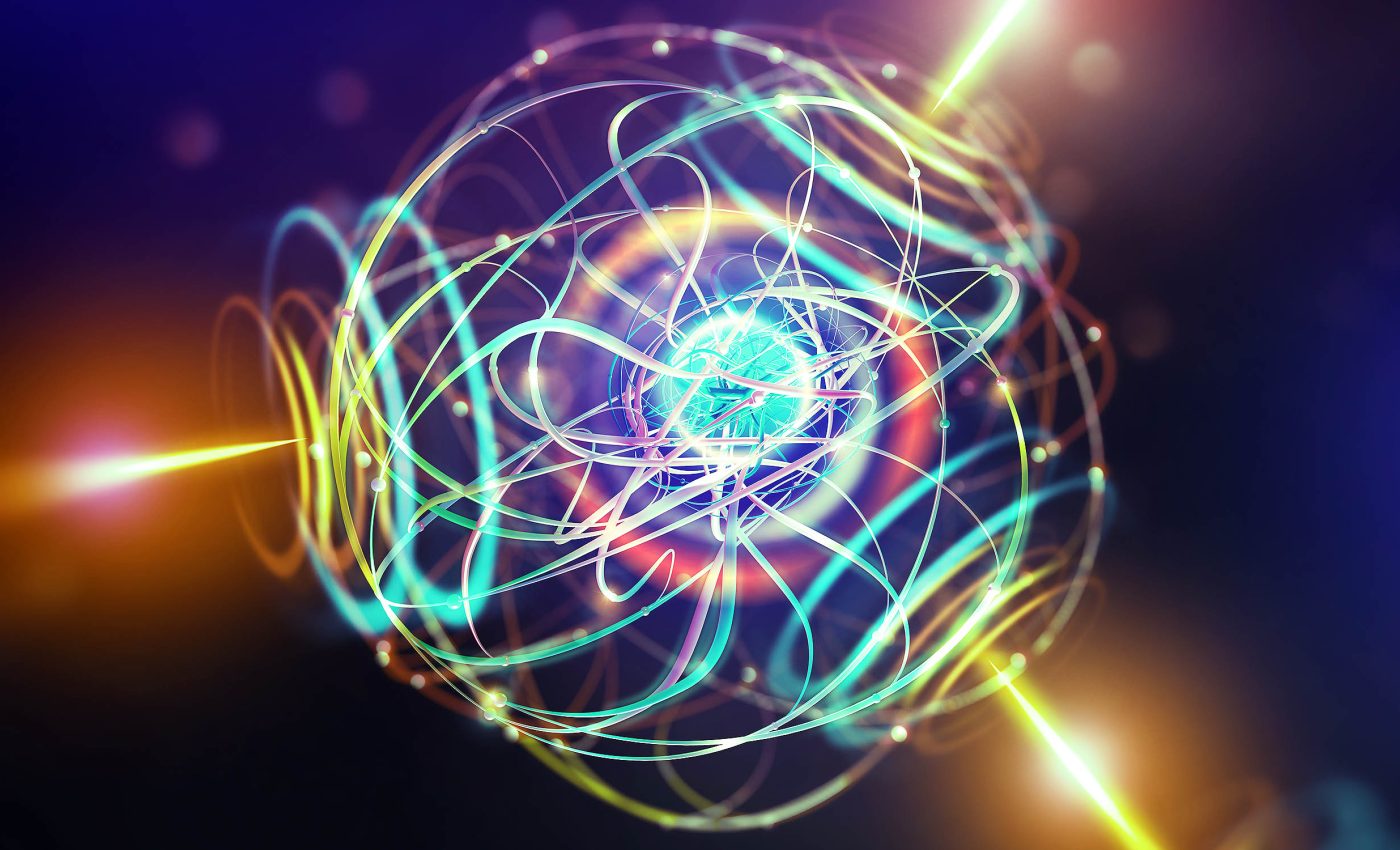
Quantum knots, DNA loops, and the future of genetic modification
Knots are not just twisted loops you might encounter on sailboats or during household chores. Some knots hide layers of mathematical and quantum complexity that turn up in cryptography, thermodynamics, and even attempts to understand how solar flares form on the sun’s surface.
Quantum computing has stepped into this area by introducing specialized algorithms that promise faster ways to identify and classify these knotted structures.
These efforts have drawn attention from scientists worldwide, showcasing how advanced hardware can transform math-heavy fields in surprising ways.
Knots and quantum advantage
This perspective is championed by Dr. Konstantinos Meichanetzidis from Quantinuum, who led a research project aimed at tackling a puzzling question about twisted loops using advanced quantum processors.
He and his team designed a new algorithm to estimate the Jones polynomial, a mathematical tool that helps experts tell knots apart.
The field of knot theory investigates whether one loop can be reshaped into another without cutting or passing any strand through itself.
Distinguishing knots usually hinges on invariants such as the Jones polynomial, which stay unchanged under smooth deformations and thus act like fingerprints for each unique configuration.
Quantum devices are changing knot analysis
In their research, Quantinuum’s scientists indicated that a quantum system with more than 85 qubits and 99.99% two-qubit gate fidelity could outpace Frontier, an exascale supercomputer that has showcased some of the highest performance numbers on record.
Their existing H2 device, which holds 56 qubits with 99.87% fidelity, forms the stepping stone toward a more powerful machine that meets these tighter targets.
They described their method as an “end-to-end reconfigurable algorithmic pipeline,” focusing on computing the Jones polynomial with minimal error on hardware prone to noise.
This pipeline covers every step, from input formatting to final output, without putting a major strain on classical supercomputers.
Why knots matter
The study of tangled loops may look abstract, but it influences fields as widely ranging as biology and cryptography.
One illustration is the twisting and supercoiling of DNA strands in living cells, which can determine how genetic information is copied and expressed.
Researchers like Cozzarelli and Sumners showed that the shape of DNA loops can affect enzymatic actions related to replication, leading to insights on drug design.
These patterns also play a role in magnetohydrodynamics, where tangled magnetic fields on the sun connect to solar weather patterns that can disrupt satellites on Earth.
Experts have linked the mathematics of knot arrangements to topological quantum computing, a direction in which certain quasiparticles are braided to perform logic operations.
This connection suggests that quantum hardware might handle knot-centric tasks more naturally than traditional machines.
An energy-conscious approach
Some scientists note that quantum advantage goes beyond just saving time. Estimates hint that handling knot computations on classical supercomputers demands large amounts of electricity, while a quantum setup could drastically cut these energy needs.
Machines like Frontier excel at enormous calculations, but their power consumption is equally enormous.
By migrating specific tasks to qubits, researchers argue that a combination of shorter run times and refined error correction can reduce resource usage to a more manageable level.
New benchmarking tool
The team introduced a performance test that leverages the invariant nature of the Jones polynomial.
Topologically equivalent knots all share the same final value, so any deviations likely arise from hardware errors rather than genuine differences in the input.
Because this approach circumvents the need for huge classical computations, it becomes a quick yet reliable way to gauge quantum accuracy.
Consistent outcomes across multiple variations of the same knot serve as a solid indicator that the processor is staying on track.
What happens next?
Engineers at Quantinuum plan to raise qubit counts and boost gate fidelities, in their quest to move closer to that 99.99% milestone.
They expect that, once these technical goals are reached, the speed and energy advantages over classical computing methods will become more evident.
Scientists also see a chance to expand the algorithm into other branches of math and physics where complicated calculations hold back progress.
With hardware improvements on the horizon, they believe specialized algorithms could deliver solutions that were once out of reach.
This momentum highlights a shift toward targeted tasks that are easy for quantum devices yet difficult for classical ones.
By focusing on knot problems and similar challenges, the field nudges closer to a moment where quantum computing is more than just a lab experiment.
Advances in software design also play a part in this forward march. Refined error-handling techniques, paired with better hardware design, can overcome today’s limitations and offer new avenues for research in mathematics, cryptography, and other fields.
Many observers remain eager to see whether the next generation of quantum devices will match the bold predictions made by their proponents. If these machines deliver on performance and efficiency, they could mark a turning point for knot theory and other demanding fields.
Quantum knots could reshape science
Questions remain about how soon quantum hardware can align with the demands of advanced algorithms.
Some think these improvements will come in small but steady increments, while others predict a major leap in the near future.
Either way, exploring knot theory on quantum devices highlights the surprising ways that abstract math can link up with real-life phenomena.
It also reminds everyone that the frontiers of science can shift quickly when different disciplines come together.
The study is published in ArXiv.
—–
Like what you read? Subscribe to our newsletter for engaging articles, exclusive content, and the latest updates.
Check us out on EarthSnap, a free app brought to you by Eric Ralls and Earth.com.
—–












